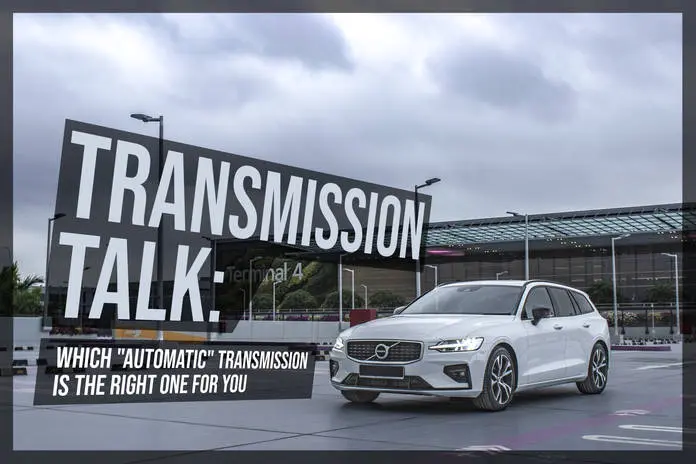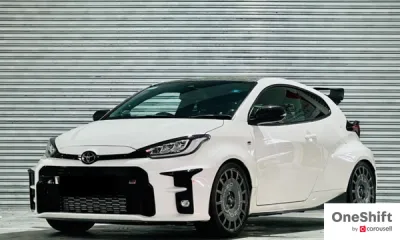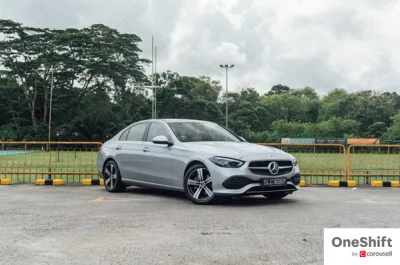Transmission Talk: Which "Automatic" Transmission Is The Right One For You
Over the last decade, there has been much development and movement in the world of automatic transmissions. If you wander into any layman’s forum, you are bound to find a thread or few that discuss the shortcomings of some particular gearboxes that are found in the market. Many of the contributors in these forum threads will know a friend of a friend who had a car with one of these gearboxes that gave way or broke down. Many of them will preach stereotypes about how dual clutch transmissions are unreliable, or how cars which utilise Continuous Variable Transmissions experience “rubberbanding” - typically an undesirable trait in cars. Interestingly, not many have actually owned one of these “culprit” cars, and even when they do, their complaints are often zeroed in on one specific shortcoming, and not the holistic experience of living with one of these transmissions on a day to day basis. Simply put, forums can be a real booby trap of opinions, and can hardly be considered a platform of any authority on the matter. Read at your own risk, and digest the advice at your own peril.
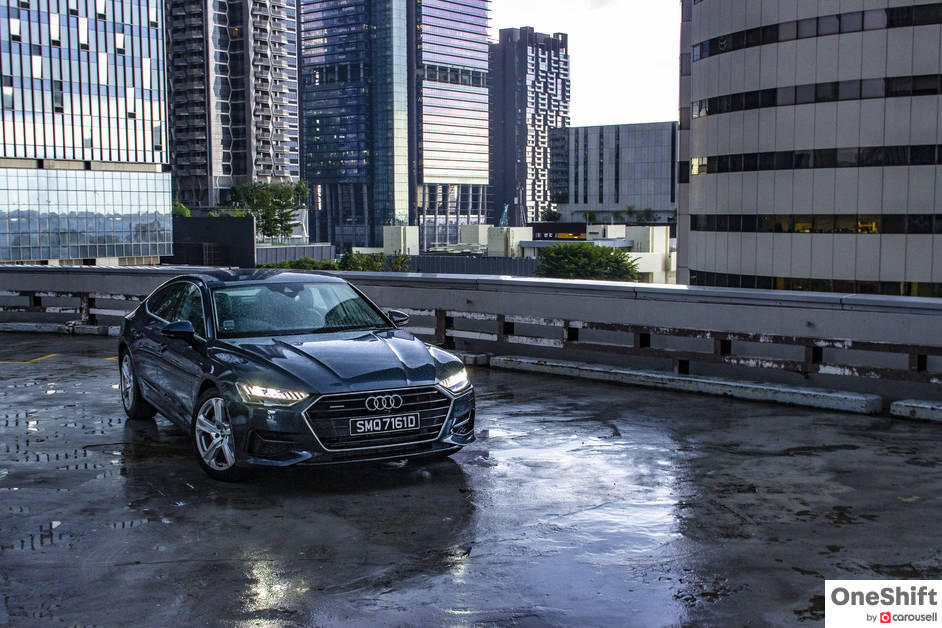
The truth is, there is much to explore, appreciate, and discern when it comes to the topic of automatic transmissions used in day to day cars. Each and every transmission is built to serve a primary purpose and comes with its own set of qualities and shortcomings. To some extent then, the trick to happiness here is to be clear as a car owner, what you want out of your daily driver, and understand how your driving style or usage circumstance affects things like consumption, reliability, and driving dynamics. Choosing a suitable car and transmission is a lot like choosing a partner, where there needs to be an alignment of your driving style and needs to the transmission’s qualities and shortcomings. To help you along with those considerations, here are some insights into which gearbox is the right one for you.

I thought I’d start out with what I deem to be the most misunderstood automatic transmission of the lot, the dual clutch transmission. A dual clutch transmission (DCT) is in layman terms, a transmission unit that features two separate clutches that control two manual gearboxes, linked together to work as an automatic unit, by a mechatronics unit. The operating theory is that one clutch controlled the odd numbered gears, and the other controlled the even numbered gears. The end result is a gearbox that enables a very quick shift, and was designed to be both fast and economical, due to the absence of a mechanically inefficient torque converter.
Translated to the real world, a DCT works brilliantly for a lively, city driving environment where lower speed acceleration and getting the car up to speed quickly is of utmost importance. A DCT also enables the driver to do all this, while being incredibly fuel efficient compared to a torque converter. Some of you might remember a time in the mid 2010s when Volkswagen Audi Group’s (VAG) DSG gearboxes were gaining a really bad reputation for being unreliable. While that became the benchmark of unreliability in a DCT driven car, one might note that the concept of the DCT, is well and truly a stroke of genius, and has come a long way since the mid 2010s. Today, DCTs are used by plenty of automakers including Mercedes-Benz, BMW, Honda, Hyundai, and many more. I won’t elaborate on the DSG issue too much because i personally think that the real issue lies deeper than the inherent mechanical shortcomings of the DQ200 dry clutch gearbox setup. While there were factually mechanical shortcomings that were not quite suited to the driving conditions and climate of Singapore, I feel that the issues were exacerbated by the consumer’s fundamental lack of understanding of how a DCT works, how to maintain one, and how to bring out the best in it (or prevent the worst from happening). To cut a long story short, I personally drove two separate Golf MK6s to their 10 year lifespan and in both units, my transmission never once failed on me. Sure, it juddered between lower gears at times, but it never ever died.
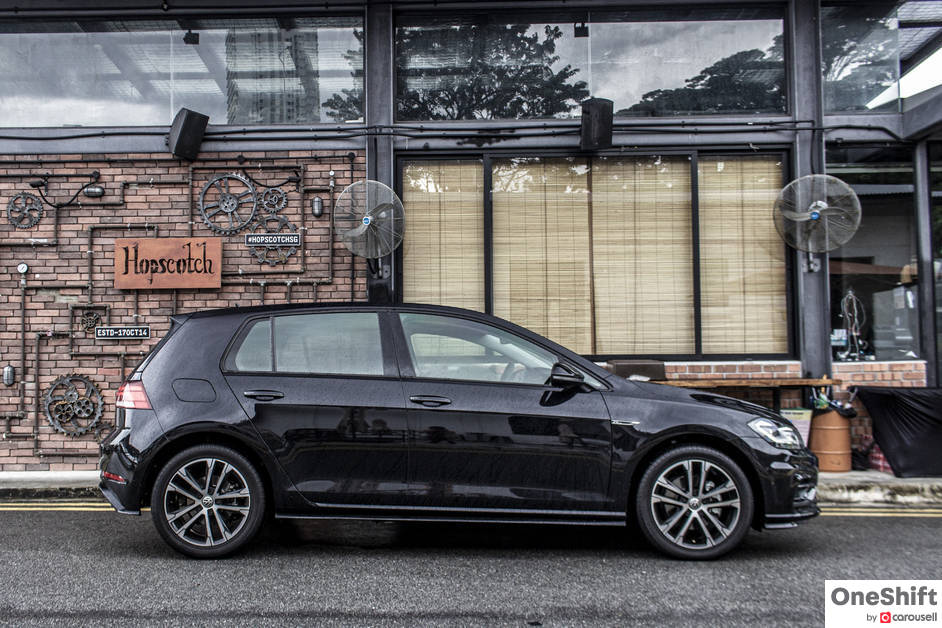
To distill things down further, there are actually a number of things that a driver of a DCT driven car can do to help mitigate and minimise the risk of gearbox failure. One commonly shared technique is to avoid “creeping” while in a traffic jam. This essentially means that one is advised to wait for a decent amount of space to vacate in front of you, before moving into the space decisively and smoothly, instead of inching forward at an erratic rate. The main idea here is to avoid erratic low speeds, and in doing so, you can prevent the mechatronics unit in your DCT from jumping between 1st and 2nd gear unnecessarily, thus putting less stress on it. Another way to mitigate this issue is to activate your car’s tiptronic or “manual” mode if your car is equipped with such a function. By doing this, you essentially override the mechatronics unit, and you can do whatever you like while keeping your car locked in 1st gear, once again preventing any unnecessary gear changes. On top of all things, it is a good idea to always prioritise your transmission oil changes and do them in a timely manner based on your manufacturer’s specifications. Personally I carry out my transmission oil changes 10,000km before my manufacturer’s recommended interval, just to be on the safe side.
From a day to day usage perspective, I find that DCTs are generally a lot of fun to drive, because they offer very easy low speed access to torque, and the quick shifting nature of the box makes city driving feel light and easy. At cruising speeds, you can’t really tell the difference to a torque converter in the way that it is just as smooth to drive. DCTs boxes generally offer very good fuel economy as well when driven under normal circumstances, and have a distinct way of making you feel like you are driving a much bigger car, even though you might be running a smaller engine. To sum things up, while the maintenance temperament of the owner can be adjusted to suit the maintenance needs of a DCT, traffic jams are hard to avoid in a sense. A DCT will probably serve people with a flexible schedule very well, such as a self-employed individual, a homemaker, or a business person, as occupationally, these individuals might be able to better avoid peak hour traffic and travel at less congested times of the day.
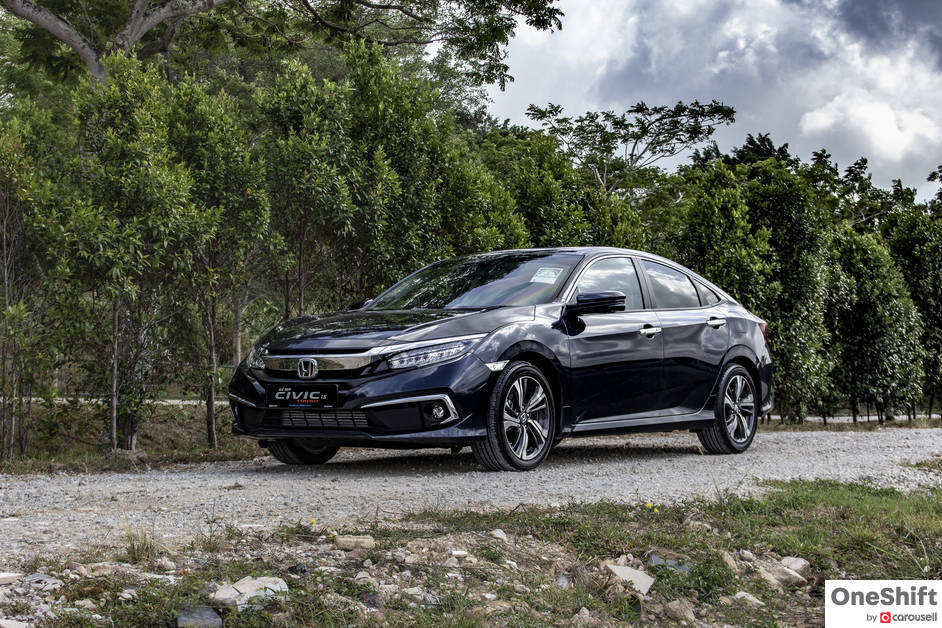
If you work in the corporate line and keep strict office hours, it is likely that you will be stuck in some form of heavy traffic on your drive to work and again when you are heading home. For individuals who fall into this category, and view car ownership being about just having a reliable vehicle to get from point A to point B, a car equipped with a Continuous Variable Transmission (CVT) is probably your best bet. A CVT is essentially an automatic transmission that functions without a clutch or physical gears and allows the car to seamlessly go through a continuous range of gear ratios, as opposed to fixed steps (gears). There are actually many different types of CVTs, but the most common ones are either pulley or chain driven. The pulley - based CVT, which is what you might find in a Toyota, is built primarily for fuel economy, though I feel that this is only true today if you compare the CVT against a traditional torque converter (DCTs are actually quite comparable in economy - if not better in certain applications). Another area where CVTs excel is in terms of wear and tear, which in some regards, affects reliability. This is largely due to how a CVT utilises a variable diameter pulley which is mechanically “stretched” to match the appropriate gear ratio to your speed. Due to the absence of physical stepped gears, CVTs generally present very good wear and tear rates, simply because there are less components that undergo wear and tear. I will however hold back on saying that CVTs are fundamentally more reliable, because this isn’t necessarily the case, and once again, comes back to the usage pattern, driving style applied, and maintenance schedule of the box. Mechanically speaking, CVTs are not designed to handle large amounts of torque, and are generally more delicate. CVTs are normally fitted to smaller naturally aspirated engines for this reason. Transmission oil changes are also very important to upkeep in a CVT. Contrary to popular belief, a CVT is not bulletproof and does not do well if you abuse it, so if you are a hard driver and love to rev your cars up, you are going to run the risk of breaking your CVT.
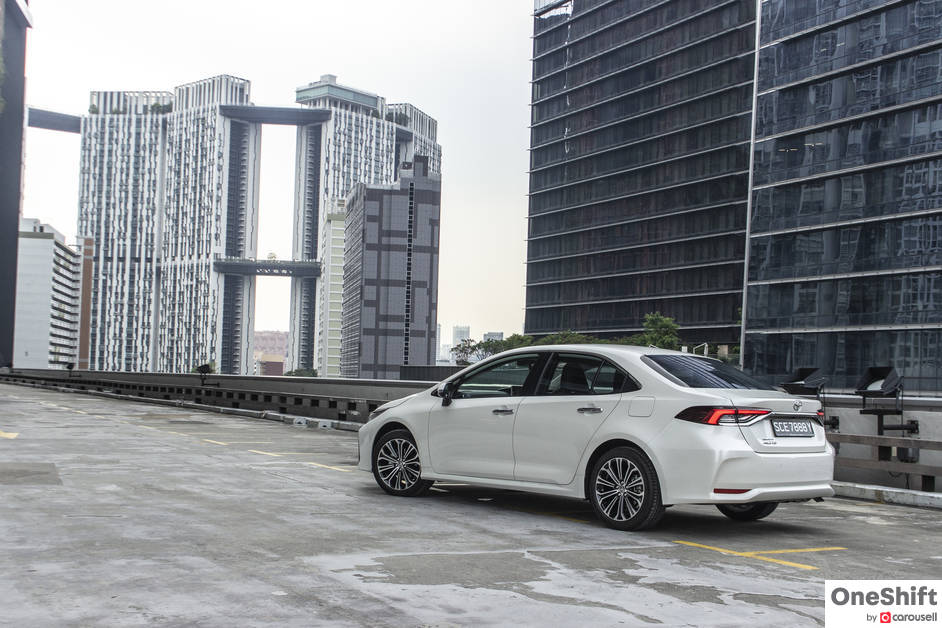
Speaking of revving your car up, CVTs are prone to an effect commonly known as rubber-banding. Under heavy acceleration, a traditional torque converter will quickly move through its set of gears as your speed increases, and you feel the slight “jolt” of each gear change, giving you a connected feeling between the engine rev, and the power being delivered to the road. A CVT applies a completely different approach to this. When power is demanded by the driver, the CVT will actually hold engine revs at the highest peak until the car reaches your desired speed. This is known as rubber-banding, and is the reason why cars with a CVT transmission present a rather disconnected feel to the power delivery, and it sometimes feels like the engine is droning at higher speeds. Rubber-banding is generally not recognised as a desirable trait in cars, and car aficionados would probably do well to stay away from a CVT. But does that mean that a CVT is bad or lousy - most definitely not. The truth is, CVTs are probably the smoothest of all automatic transmissions in the market and as a daily driver, can be extremely comfortable and economical to travel with at moderate cruising speeds (less than 110km/h). If maintained properly and regularly, a CVT can also be a very reliable partner without any judders or jolts from clutch slippage experienced with wear and tear in other transmissions. Let’s put it this way - A CVT was never built to be a performance oriented gearbox by any measure, and you shouldn’t expect it to behave like one. Don’t buy a CVT, gun your engines, then gripe about how it doesn’t feel engaging or sporty enough.
Personally, I do feel that the undesirable traits linked to rubber-banding can be mitigated with an adjustment to driving style. What I have found is that if you approach your journey with a clear mind, are not in a hurry, and are pre-emptively planning your lane changes, there is actually not much need to apply heavy acceleration to your CVT, and you can, on most occasions, avoid rubber-banding. While there are some CVTs that are built to emulate traditional torque converters more than others, I have found it possible to drive my Audi A4 1.8 TFSI MU which features a CVT, without much rubber-banding. You just need to understand your car a little better to get the best out of it. To some extent, I guess if you can’t bring yourself not to over-rev your engine, then perhaps staying away from a CVT will give you less grievance in the long run.
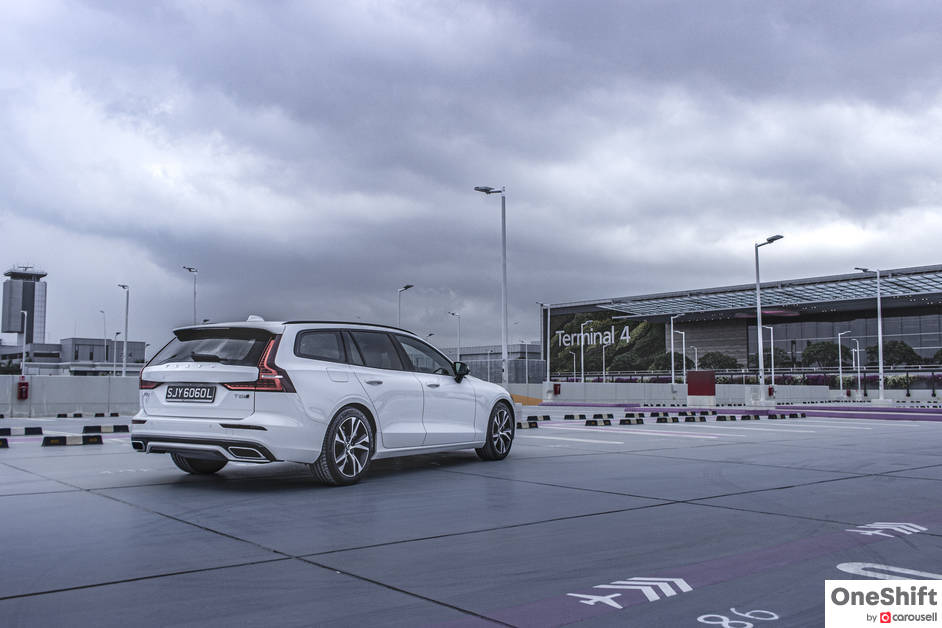
If you’re the kind of driver that loves to rev out your engine and drag out those revs to feel the full extent of torque delivery, then a traditional torque converter is probably your best bet. While most DCTs today are calibrated for quick upshifts to facilitate fuel economy in our increasingly urban driving conditions, torque converters retain a lot of that old school driving flavour prevalent in the late 90s and early 2000s when larger naturally aspirated engines ruled the highway. While not traditionally known to be particularly quick shifting, there are some torque converters, like the 8 - speed ZF found in most BMWs, that are lightning quick and can hold their own against the impeccably quick DSG / S-Tronic family of transmissions.
Mechanically speaking, a torque converter actually refers to one specific component within an automatic transmission, rather than the entire transmission setup. While in a manual gearbox or a automated manual like a DCT utilises a physical clutch to connect the power source (engine) to the load (driveshaft) and serves as a physical coupling to the two components, a standard automatic uses a torque converter, which is a fluid coupling system that doesn’t just connect the power source to the load, but also amplifies and multiplies the torque from the engine. While people recognise torque converters as a “standard automatic”, there is interestingly nothing standard or basic about the way a torque converter functions. A torque converter is essentially a turbine within the transmission, where the impeller is driven by the engine, to push transmission fluid through a turbine to multiply torque, while a stator serves as a sort of anchor to anchor the generated power and torque to the driveshaft.

I won’t dive too deeply into the mechanical operation of a torque converter, but if you are interested to read up on this, you can spend hours fully absorbing its technical considerations and mechanical beauty - and my oh my, is it a thing of mechanical genius. Anyway, as you might have guessed, the primary objective of a torque converter is torque generation - and it does this very well, though the downside is that torque converters tend to be more fuel inefficient, but for two different reasons since the 1930s. In the original torque converter designs, the impeller was used to drive fluid to turn the turbine before being redirected by the stator. This process was inherently inefficient due to energy transfer loss between each component of the torque converter. However, modern torque converters feature a lock-up clutch, which essentially locks the impeller and the turbine together, creating a physical coupling, and negating that energy transfer loss. In today’s context, torque converters are considered an extremely heavy component of the car. That weight, when pitted against the lightweight assembly of a DCT, also inevitably creates an inefficiency of its own kind, but more in the sense where power to weight ratios are compromised.
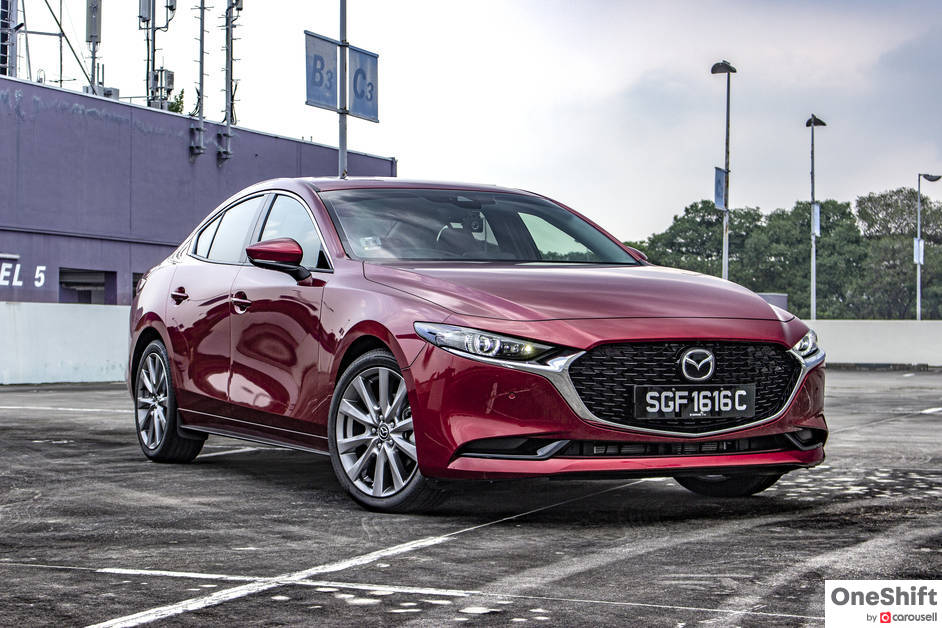
Personally, I find that torque converters provide the purest driving experience among automatic transmissions, and really do well in exuding that “big car” feel, while catering for the most pleasant cruising experience. Depending on the make and application of the torque converter, some would consider a torque converter to be very reliable mechanically, especially when you think of applications like the ZFs found in BMW (Steptronic), Audi (Tiptronic) and even Aston Martins, Toyota Aisin, and Mercedes-Benz G Tronic transmissions, which many consider to be “bulletproof” boxes and are often “sealed for life”, which indicate that you do not have to carry out transmission oil changes and gearbox maintenance on these setups. For these reasons, I imagine that torque converters are best suited for drivers who put a lot of mileage on their cars, do a lot of expressway driving over longer distances, and perhaps make frequent trips up to Malaysia for driving holidays. It is after all only over longer distances and cruising speeds that one can fully appreciate the feel of a torque converter. In a strictly city driving environment, cars that run on a torque converter can often feel a little heavy to get off the line at traffic lights, leading to drivers revving harder than necessary, thus leading to poorer economy. In that sense, a torque converter can also feel a little “sluggish” to drive in a city, although that is more of a relative illusion as opposed to a hard fact.
Apart from advancements in transmission technology, there have also been many other advancements in other aspects of automotive engineering, with companies improving both fuel economy and power with things like mild hybrid technology, engine compression ratios, and material science advancements for weight reduction, I would not be surprised to see the torque converter returning to prominence. The torque converter was after all put away in favour of the DCT because of the DCTs fuel economy qualities. Perhaps, with other ways to save fuel and increase power, the torque converter might just have one last reign before we all end up with electric cars.
So figured out which transmission type suits your driving style the best?
If you are looking for a pre-loved car, or even a new one, knowing whcih transmission is best for you might help you narrow down your search!
Credits:

